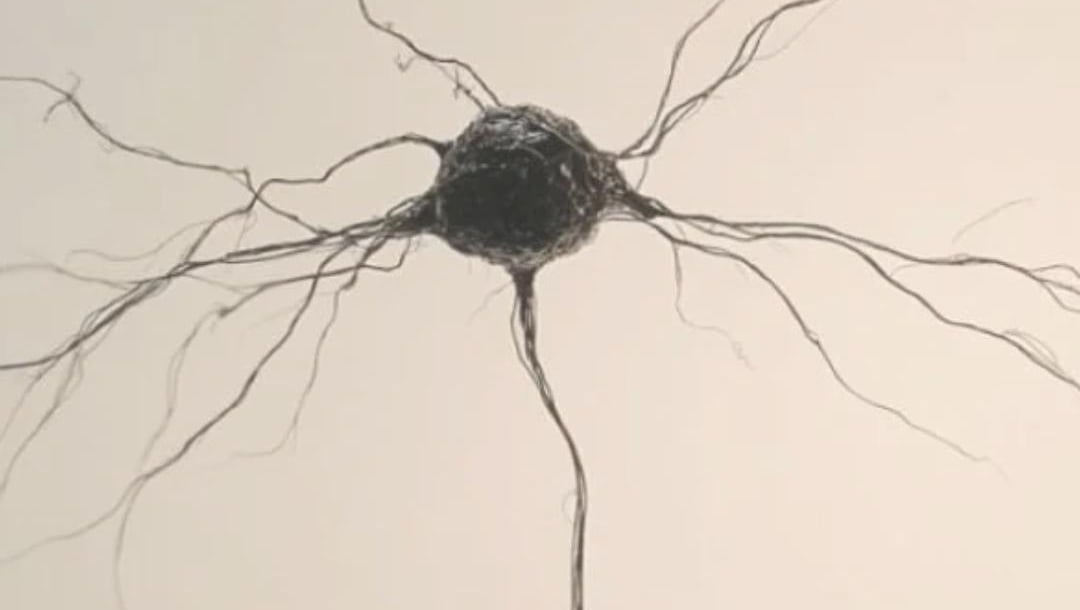Strategizing from 6 cities across the globe
The Ever-Changing Brain: Discovering Neuroplasticity
For years, scientists perceived the brain as a static organ. Its capacity to change was thought to be limited by the time we reach adulthood. It is considered the most complex organ in the body, capable of thinking, feeling, and self-repairing. Imagine if you could rewire your brain; it could reinvent itself, adapt to new challenges, and heal from damage, almost like a computer that could reprogram its code. What if the key to unlocking your brain’s full potential was already within you? The discovery of neuroplasticity revealed the brain’s capacity to change itself. From learning new skills to recovering from injuries or trauma, neuroplasticity is the key that unlocks our full capacity to grow and heal, highlighting our limitless potential continuously.
MENTAL HEALTHHEALTHCAREPSYCHIATRYBIOLOGY
Leticia Nassar
3/23/20255 min read


For years, scientists perceived the brain as a static organ. Its capacity to change was thought to be limited by the time we reach adulthood. It is considered the most complex organ in the body, capable of thinking, feeling, and self-repairing. Imagine if you could rewire your brain; it could reinvent itself, adapt to new challenges, and heal from damage, almost like a computer that could reprogram its code. What if the key to unlocking your brain’s full potential was already within you? The discovery of neuroplasticity revealed the brain’s capacity to change itself. From learning new skills to recovering from injuries or trauma, neuroplasticity is the key that unlocks our full capacity to grow and heal, highlighting our limitless potential continuously.
What is neuroplasticity?
Neuroplasticity refers to the brain’s ability to modify its structure and function in response to environmental stimuli. This plasticity allows the brain to form new neural connections, strengthen existing ones, and sometimes reorganize itself to compensate for lost abilities. It’s one of the most fundamental properties of the nervous system, occurring from birth and continuing throughout our lives. These changes occur at the level of neurons, which communicate through electrical signals transmitted across synapses, or the small gaps between neurons. When neurons fire together repeatedly, they strengthen their connections, a process known as “Hebbian plasticity”. Neuroplasticity can take place in two primary forms: the first is functional plasticity, which happens when the brain compensates for a lost function. If a particular area of the brain is injured, other regions may take over its role. The other type is structural plasticity. This type refers to the brain’s ability to change its shape by forming new synaptic connections between neurons or even creating entirely new neurons, especially in response to learning.
The brain’s healing mechanism
In terms of healing, neuroplasticity is evident and necessary, especially in the recovery from a traumatic incident. For example, if a person suffers from a stroke that damages part of the brain, neuroplasticity allows the undamaged areas of the brain to adapt and take over the lost functions. This can result in partial or even full recovery of motor, language, or memory skills. Moreover, traumatic brain injury (TBI) often occurs when there is a blow or jolt to the head, causing bruising, bleeding, or swelling in the brain. Following a TBI, the brain works to reorganize itself and restore functionality. Research suggests that the brain is particularly receptive to neuroplastic changes during the first few months after a TBI, but even after long periods, the brain can continue to form new connections. Cognitive rehabilitation exercises can promote neuroplasticity by making the brain form new pathways for performing everyday tasks. However, this is not a guaranteed or automatic process. Many factors play a role, like the type and location of the injury, the age of the person, and the intensity of rehabilitation efforts. Some functions may never fully recover, however, there’s a remarkable potential to overcome adversity and create new pathways in response to injury. Furthermore, neurodegenerative diseases such as Alzheimer’s disease, Parkinson’s disease, and multiple sclerosis involve the gradual degeneration of neurons, leading to cognitive and motor impairments. While neuroplasticity cannot reverse the damage, it can slow the progression and improve the quality of life of those affected. For example, in Parkinson’s disease, the brain’s ability to rewire itself can help manage symptoms like tremors or rigidity. Certain exercises, especially those designed to improve balance and coordination, can stimulate the brain to develop new neural connections.
Neuroplasticity and learning
Every time we acquire a new skill or information, our brain forms neural connections. As we practice a new skill like playing the piano, the brain rewires itself to support the new behavior. This is why musicians often exhibit enhanced neural networks in areas related to motor control, sound processing, and coordination. Similarly, learning a new language can change the areas responsible for speech production and comprehension. In the context of memory, neuroplasticity is essential for the storage and retrieval of information. The hippocampus, a region of the brain responsible for forming new memories, plays a crucial role; it communicates with other parts of the brain to reinforce connections that allow us to remember information. Over time, these connections become stronger, and the information becomes more deeply ingrained.
Mental health
Neuroplasticity is not only a mechanism for physical recovery, but it also plays a crucial role in mental health. Conditions such as depression, post-traumatic stress disorder, and anxiety are thought to be associated with disruptions in the brain’s neural circuits. Studies suggest that neuroplasticity can help rewire these circuits and potentially offer new hope for individuals struggling with these disorders. For example, depression is linked to reduced activity in the prefrontal cortex, an area involved in emotional regulation and decision-making. Through therapy like CBT, patients can promote positive changes in brain function, improving emotional regulation and reducing symptoms. As for PTSD patients, they often experience heightened connectivity between the amygdala (responsible for processing emotions) and the prefrontal cortex. Targeted treatments like exposure therapy modify brain circuits and reduce the emotional impact of those experiences.
How can we promote neuroplasticity?
While it is a natural process, there are several ways to promote the brain's healing ability. Regular physical exercise has been shown to promote neuroplasticity by increasing blood flow and stimulating the growth of new neurons, particularly in the hippocampus. Aerobic exercises, like walking or swimming, have been linked to improved cognitive function and memory, as well as reducing the risk of neurodegenerative diseases. Exercise also reduces inflammation and improves mood, both of which contribute to an optimal environment for neuroplasticity. Mentally challenging activities like doing puzzles, learning new languages, or playing an instrument also stimulate the brain to create new connections. Meditation improves attention and emotion regulation, which can increase the density of gray matter in areas of the brain associated with memory and emotional control. Finally, sleep is critical as it is during sleep that the brain consolidates memories and strengthens neural connections. So, ensuring restorative sleep is essential for optimal brain function and healing.
Conclusion
Neuroplasticity is a powerful mechanism by which the brain heals itself, adapts to new experiences, and compensates for damage caused by injury or diseases. This ability to rewire itself holds great promise for individuals recovering from strokes, brain trauma, and mental health conditions. It’s also crucial for learning new lifelong skills. By understanding the science behind it and incorporating strategies to support brain health, we can empower the brain to heal and function at its best throughout life. Whether through therapeutic interventions or physical exercise, neuroplasticity offers hope for recovery and a brighter future for those facing brain-related challenges.
References:
Neuroplasticity, https://www.britannica.com/science/neuroplasticity
-Brain work the power of neuroplasticity, https://health.clevelandclinic.org/neuroplasticity
-How the brain changes with learning, https://solportal.ibe-unesco.org/articles/neuroplasticity-how-the-brain-changes-with-learning/
-Learning physically changes the brain, https://www.edutopia.org/neuroscience-brain-based-learning-neuroplasticity
-The dynamic brain https://psychiatryonline.org/doi/full/10.1176/appi.neuropsych.12050109
-Neuroplasticity and depression https://pmc.ncbi.nlm.nih.gov/articles/PMC8383338/
-Synaptic plasticity in PTSD https://pubmed.ncbi.nlm.nih.gov/30457048/
-9 ways to increase neuroplasticity https://drnicolecain.com/increase-neuroplasticity/
